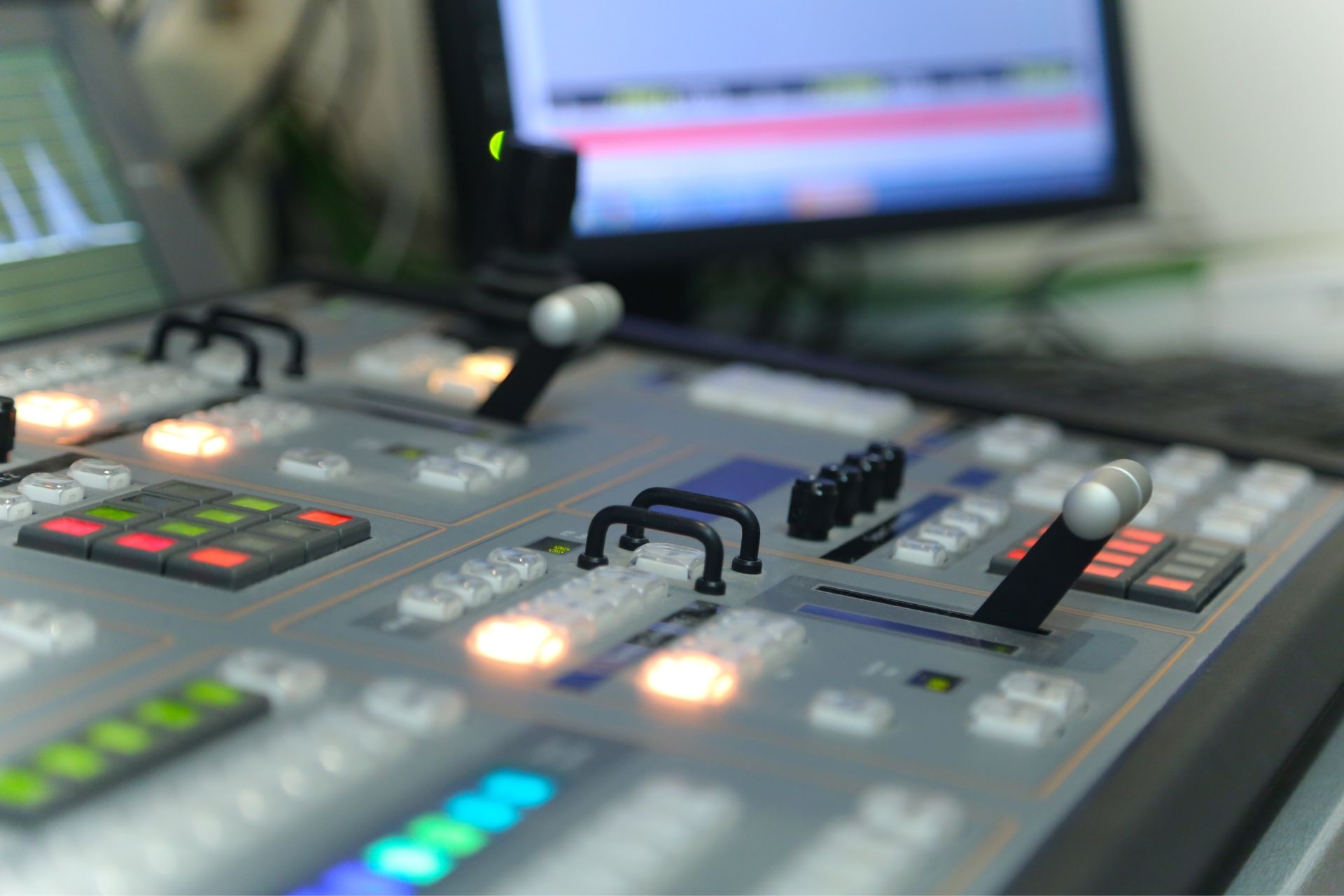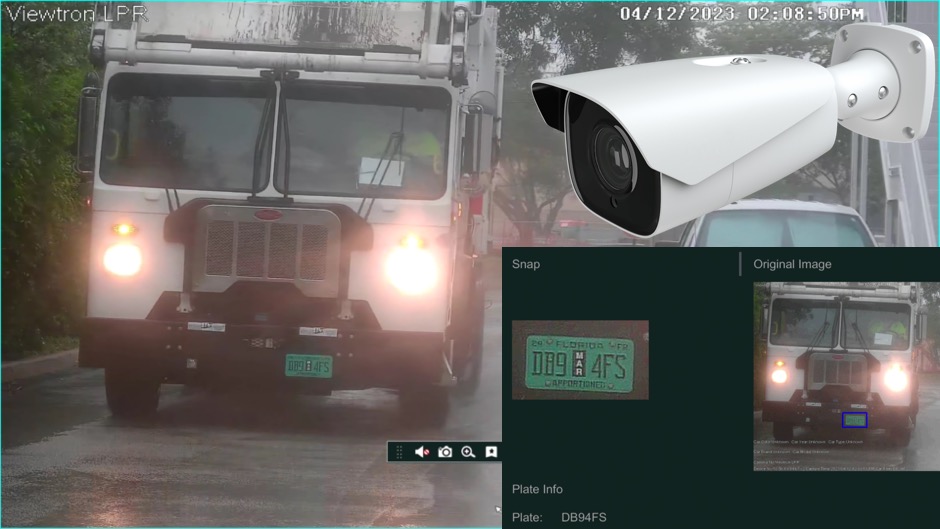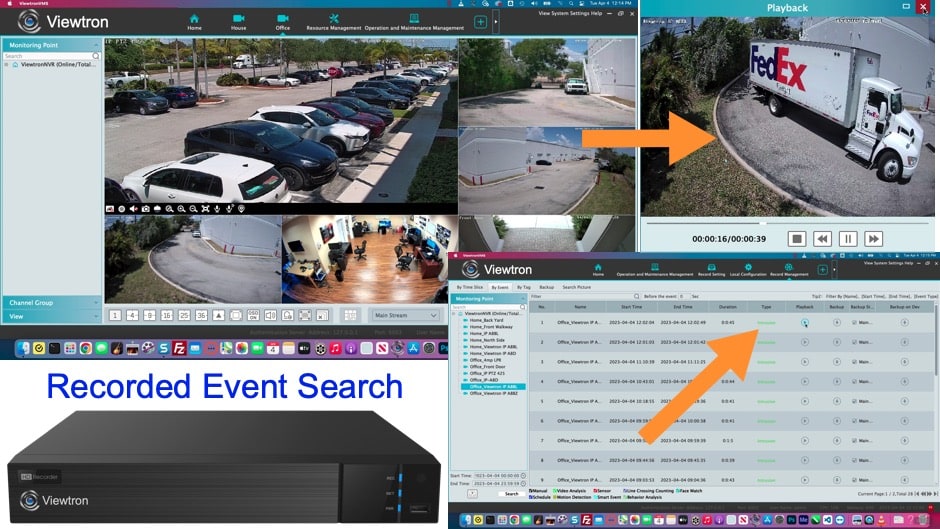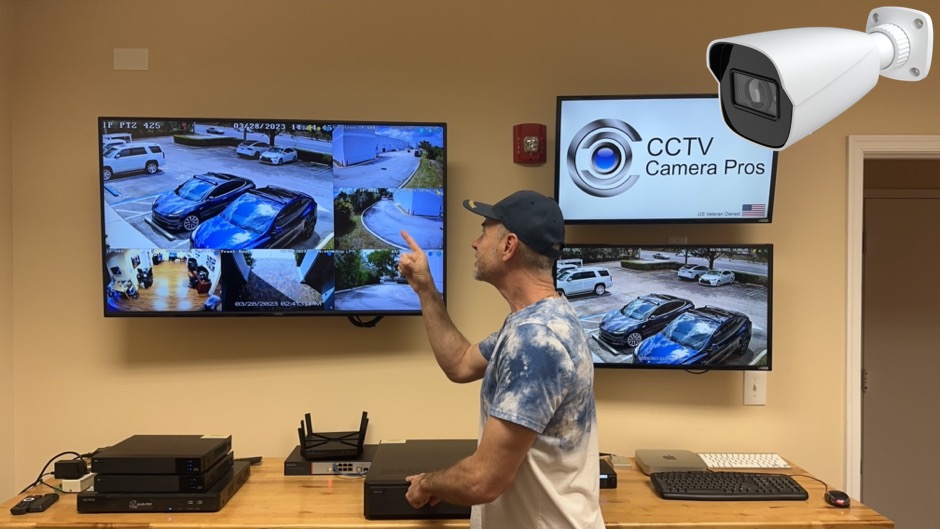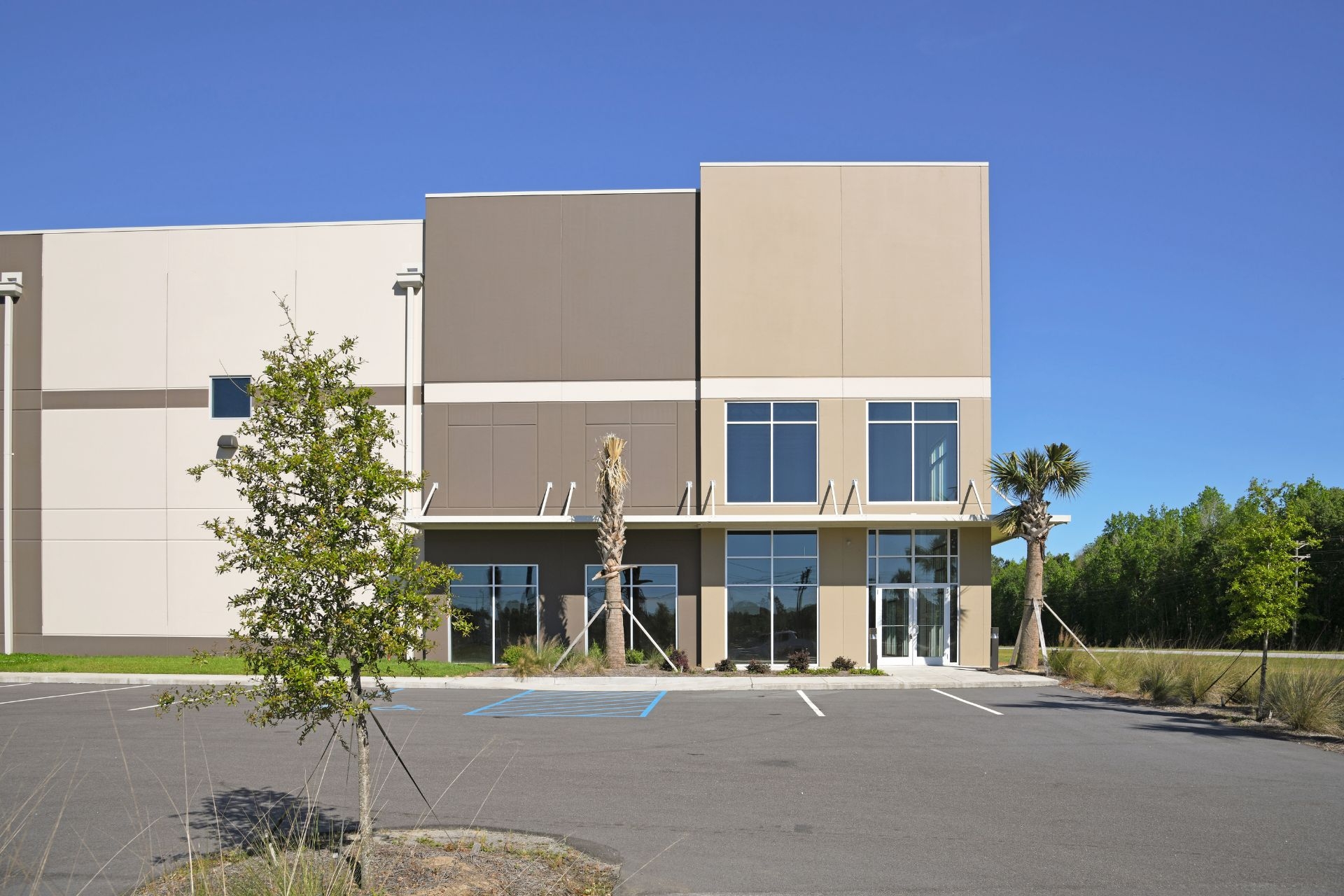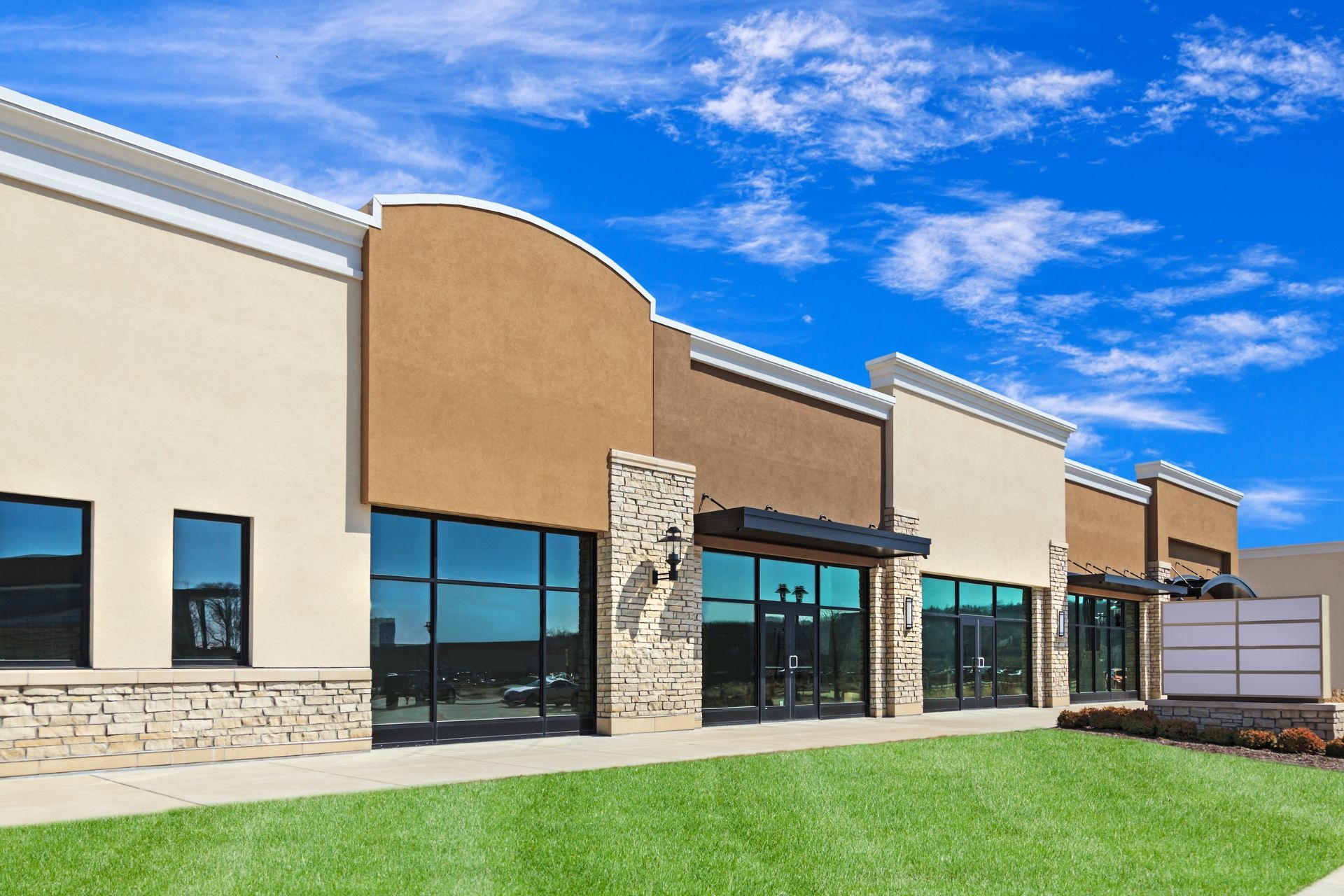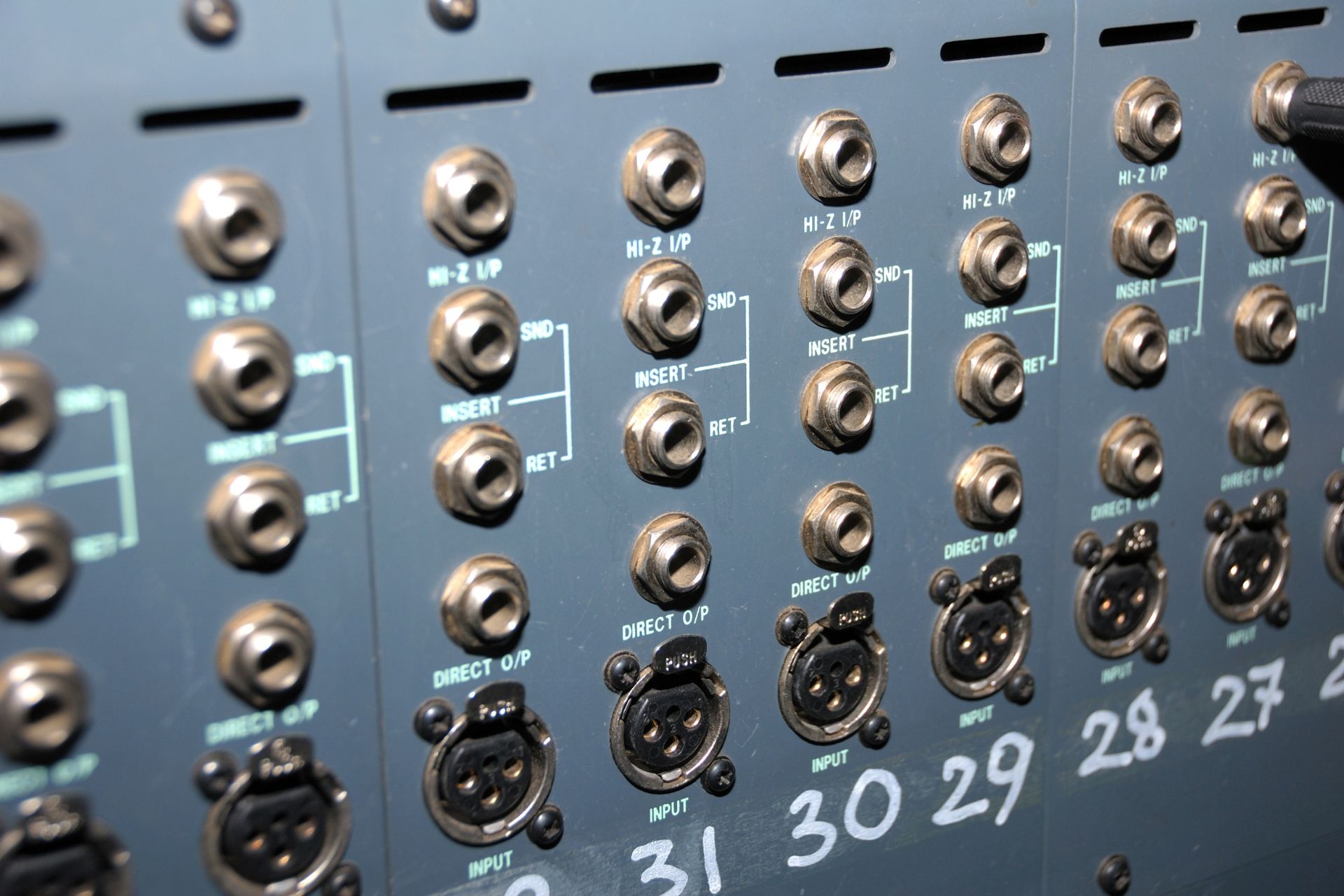Thermal Imaging Cameras
How do thermal imaging cameras detect infrared radiation?
Thermal imaging cameras detect infrared radiation by using a special lens that focuses the infrared light emitted by objects in the camera's field of view. The camera then converts this infrared radiation into a visible image, allowing users to see the heat signatures of objects and living beings. This technology is based on the principle that all objects emit infrared radiation as a function of their temperature, making thermal imaging cameras valuable tools for various applications.
Outdoor Commercial Security Camera Installation Equipment and Strategies
